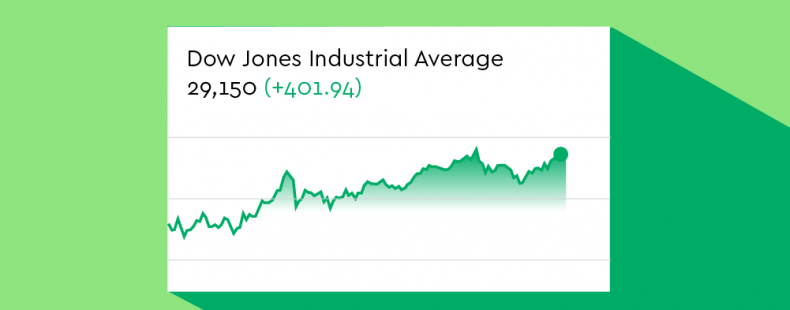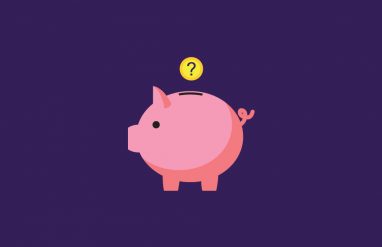When someone casually uses a term they assume you understand but don’t, you have a few choices. You can get frustrated, or you can look it up. Financial jargon can be a code of confusing abbreviations and arithmetic. Let’s focus on one of the most common bits of shorthand: “the Dow.”
What is the full name of the Dow?
The full name for this measure of stock performance is the Dow Jones Industrial Average. Charles Henry Dow and Edward D. Jones are the creators. They later published The Wall Street Journal. Essentially, it is the most influential stock market index in the world. The crucial piece to understand, however, is the role of an index in financial news and forecasting.
There are many stock market indices, which are a set of stocks designed to convey various trends in the market overall. The Dow comprises 30 stocks from the New York Stock Exchange and uses price-weighting to determine the amount of influence each stock has at any given time. The higher the share price, the more influence the stock exerts.
Is it truly an average?
Of the four words in “Dow Jones Industrial Average,” only two of them are truly accurate. The latest set of 30 stocks has little connection to manufacturing or “industry,” and, because of the price-weighting formula, there is no average involved. Maybe it is just as accurate to call it “the Dow.” Just be careful not to confuse it with the Tao, or Taoists might be annoyed.
Now, do you know the strange connection between a haircut and the stock market?














